Good night, sleep tech
From trackers to apps, new technology helps users track sleep patterns.
February 2, 2017
While “smart products” can track everything from exercise to calories consumed throughout the day, the introduction of sleep technology is making even nighttime more intelligent.
Sleep gadgets, including alarm clocks and wearable trackers, help users understand their individual sleep patterns with the objective of improving sleep and optimizing daytime performance, according to the American Sleep Association.
“I use the Fitbit Alta, which tracks my sleep but is primarily an activity tracker,” junior Trinity Lee said. “I didn’t start using it because I was sleep-deprived or anything, but because I bought the Fitbit as a watch and decided to try out the sleep tracking capabilities.”
The Alta has a sensor which analyzes motion patterns to determine whether the wearer is awake, restless or asleep. If the wearer is motionless for an extended period of time, the Alta tracks those as “sleeping” hours, according to Lee.
“I’m not quite sure how it determines whether I’m sleeping or just sitting for a long time, like in class, but it seems really accurate,” Lee said. “Then, when I sync my Fitbit to my computer, I can see what they call my ‘sleep efficiency,’ which is basically how much of the night I spent sleeping versus awake.”
Fitbit and other fitness trackers are not the only gadgets available to aid and track sleep. Sleep-specific gadgets such as the Sense by Hello — which gathers data about the user’s sleep environment, wake-up lights — whose brightnesses gradually increase as wake-up time approaches, and white noise machines — which drown out unwanted noise — all aim to improve the quality of users’ nighttimes.
“I don’t really use the data [the Fitbit collects] to analyze my life, but it’s still interesting to look at how my sleep patterns change on weekends compared to weekdays and the school year compared to breaks,” Lee said.
Smartphone apps which track sleep or aim to ease the transition between sleep and wake are a more affordable alternative to sleep tracking gadgets, which can cost upwards of $100.
“I used to use a Jawbone [fitness and sleep tracker] to track my sleep patterns,” senior Coco Dana said. “But I lost it, so I started using an app on my phone called Pillow to track everything.”
The Pillow app calculates the user’s “sleep score” by tracking the number of Rapid Eye Movement cycles which take place and the noise or motion recorded during the night, with less movement and more REM cycles corresponding to a higher score.
Characterized by rapid eye movement, quick breathing and accelerated heart rate, the deepest sleep occurs during REM cycles, according to the American Sleep Association.
“Though I don’t sleep through more REM cycles since I’ve gotten the app,” Dana said, “I can definitely tell a difference between when I have more REM [sleep] because I’m less tired in the morning and I have more energy throughout the next day.”



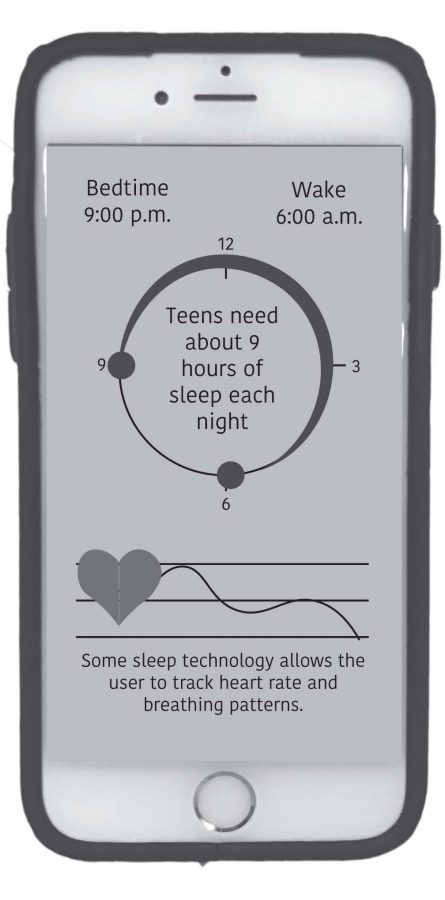
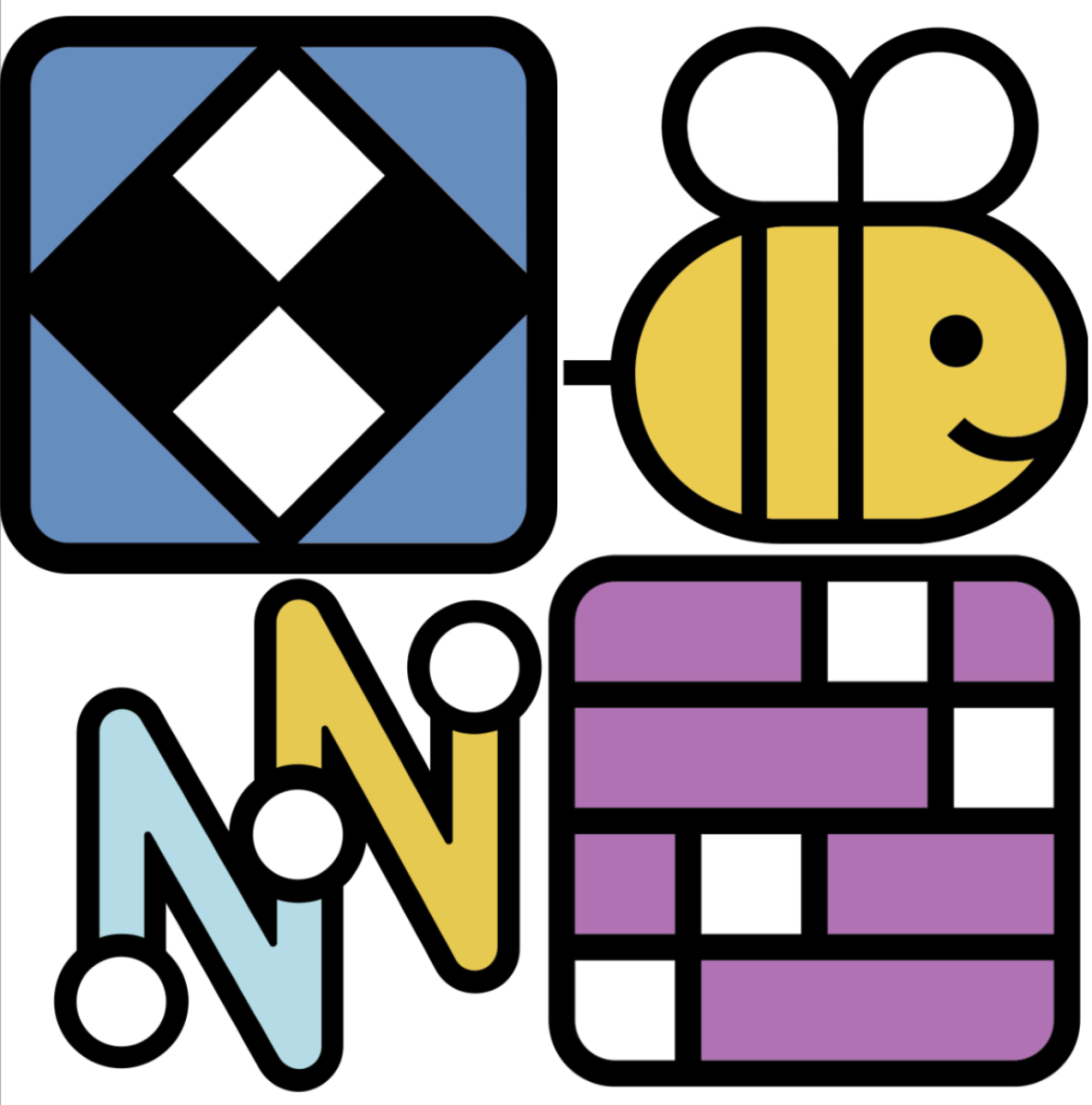
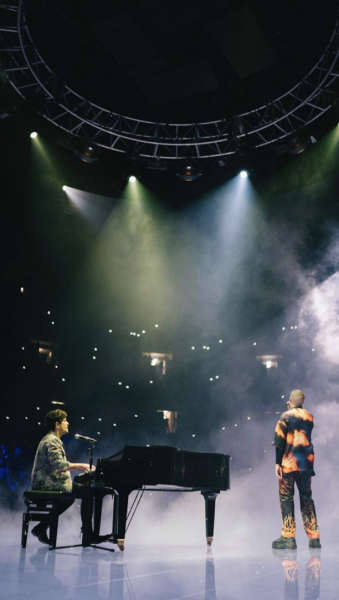
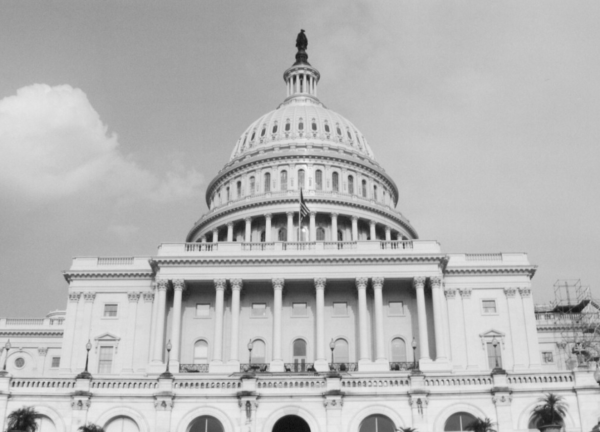
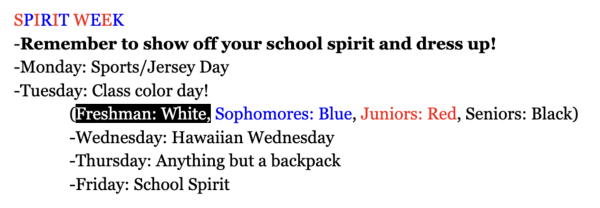
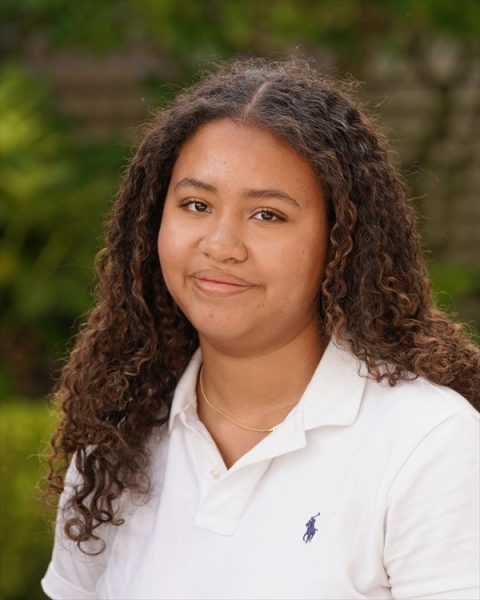
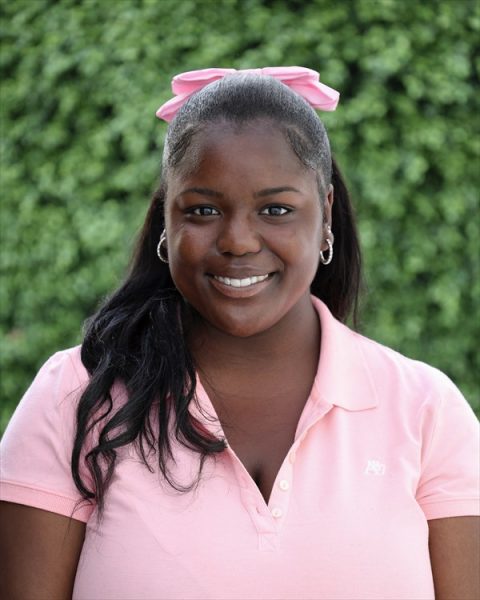
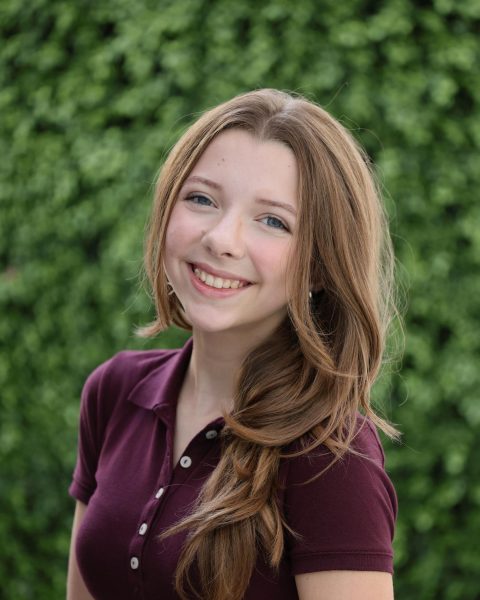
Maureen Kosewic • Feb 2, 2017 at 10:06 pm
How many Convent students are getting 9 hours of sleep each night???